Go, Wayland, and spending too much writing time writing a tool that makes XML into HTML so you can read it without your eyes bleeding
Yes, that title is too long and I know it.
If my previous blog post didn't make it clear, I don't like dealing with XML. Obtuse to write, obtuse to read. Given that I wrote a program so that I wouldn't need to write XML for an application menu protocol, it only makes sense that I would do the same for reading Wayland protocols. And thus, ReadWay and its non-web cousin ilo Welenko were born.
Parsing the XML
If you're familiar with Wayland, you're probably familiar with the XML files you can find in /usr/share/wayland and /usr/share/wayland-protocols. What you may not have noticed is the /usr/share/wayland/wayland.dtd file lurking alongside the core Wayland protocol. This is a document type definition file, which defines what a valid XML document looks like. Thankfully, this is a fairly simple DTD to write Go structures for. This DTD definition:
<!ELEMENT description (#PCDATA)>
<!ATTLIST description summary CDATA #REQUIRED>
becomes this Go code:
type Description struct {
Summary string `xml:"summary,attr"`
Body string `xml:",chardata"`
}
And this:
<!ELEMENT protocol (copyright?, description?, interface+)>
<!ATTLIST protocol name CDATA #REQUIRED>
becomes
type Protocol struct {
Name string `xml:"name,attr"`
Copyright string `xml:"copyright"`
Description Description `xml:"description"`
Interfaces []Interface `xml:"interface"`
}
Fairly simple, eh?
To unmarshal a protocol XML into a Go structure, you just xml.Unmarshal like this:
data, err := ioutil.ReadFile(path)
// handle error
proto := Protocol{}
err = xml.Unmarshal(data, &proto)
// handle error
// do something with proto
Templates
Of course, Go structs aren't particularly easy to read for documents even compared to XML. This is when Go's html/template package comes into play. You can throw a Protocol and a template at it like so:
<h1>{{ .Name }} <small class="text-muted">protocol</small></h1>
<p>
{{ .Description.Body }}
</p>
{{ range $iface := .Interfaces }}
<h2>{{ $iface.Name }} <small class="text-muted">interface version {{ $iface.Version }}</small></h2>
<!-- finish rendering interfaces -->
{{ end }}
Of course, you have the more generic text/template package, which is what ilo Welenko uses. Same concept applies:
Kirigami.Page {
title: "{{ .Name }}"
ColumnLayout {
{{ range $iface := .Interfaces }}
Kirigami.Heading {
text: "{{ $iface.Name }} version {{ $iface.Version }}"
}
{{ end }}
}
}
(And yes, I am statically generating QML code in Go and loading it instead of marshalling it into Qt data types and using model/views/repeaters.)
See Also:
- ReadWay hosted: ReadWay hosted on the internet. The “special thing that might happen when you drag an XML file onto [the] paragraph” is a Wayland protocol being rendered in your browser using WASM. The future is now. And it don't need no cookies.
- ReadWay source: The static generator for ReadWay.
- ilo Welenko: The desktop counterpart to ReadWay that renders into QML rather than HTML. At the time of this post, it's very incomplete compared to the web version.
Contact Me
Have any thoughts/comments/concerns about this post, or want to tell me that I shouldn't statically render QML? Here's how you can contact me:
- Telegram:
@pontaoski - Discord:
pontaoski blackquill 🏳🌈#8758 - Matrix:
pontaoski@tchnics.de - IRC:
appadeia_ - Email:
uhhadd@gmail.com
Tags: #libre
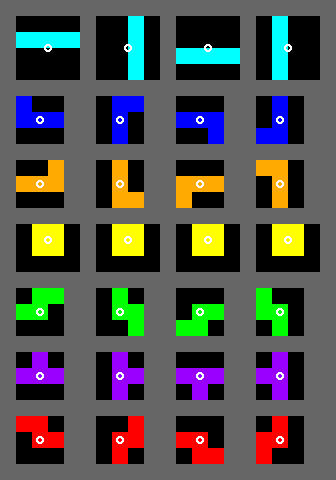
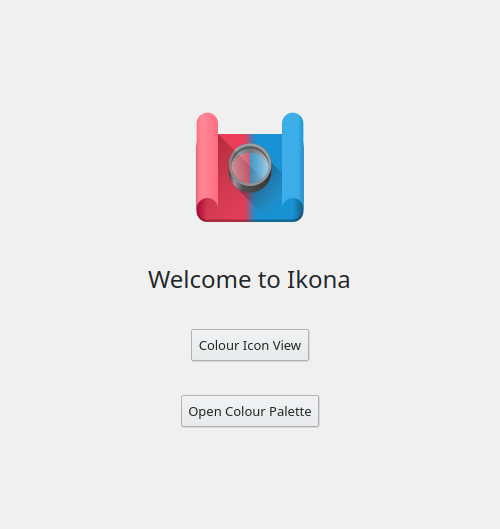
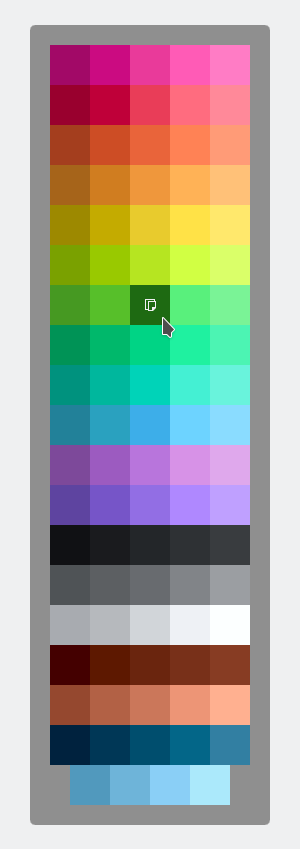
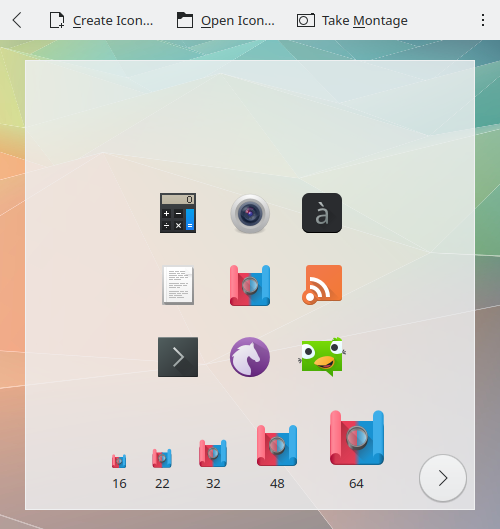
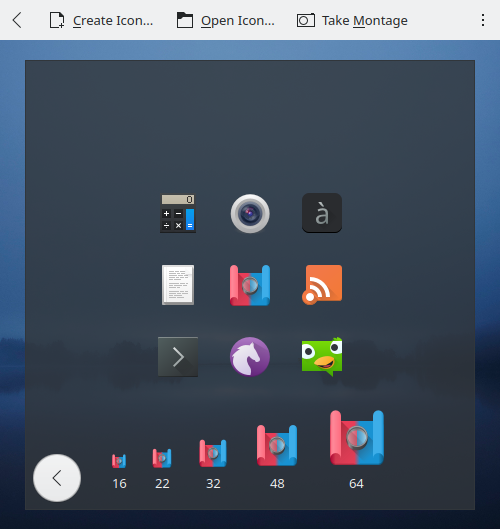
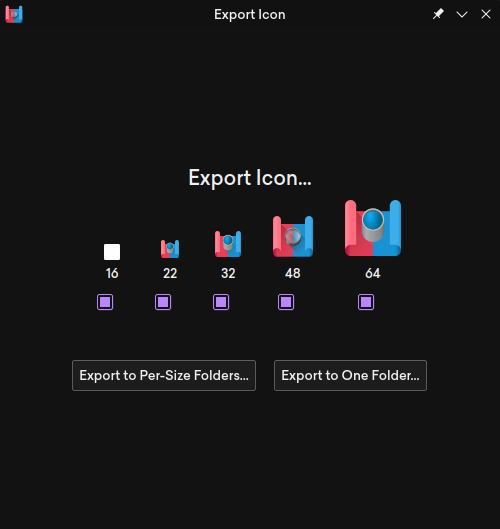
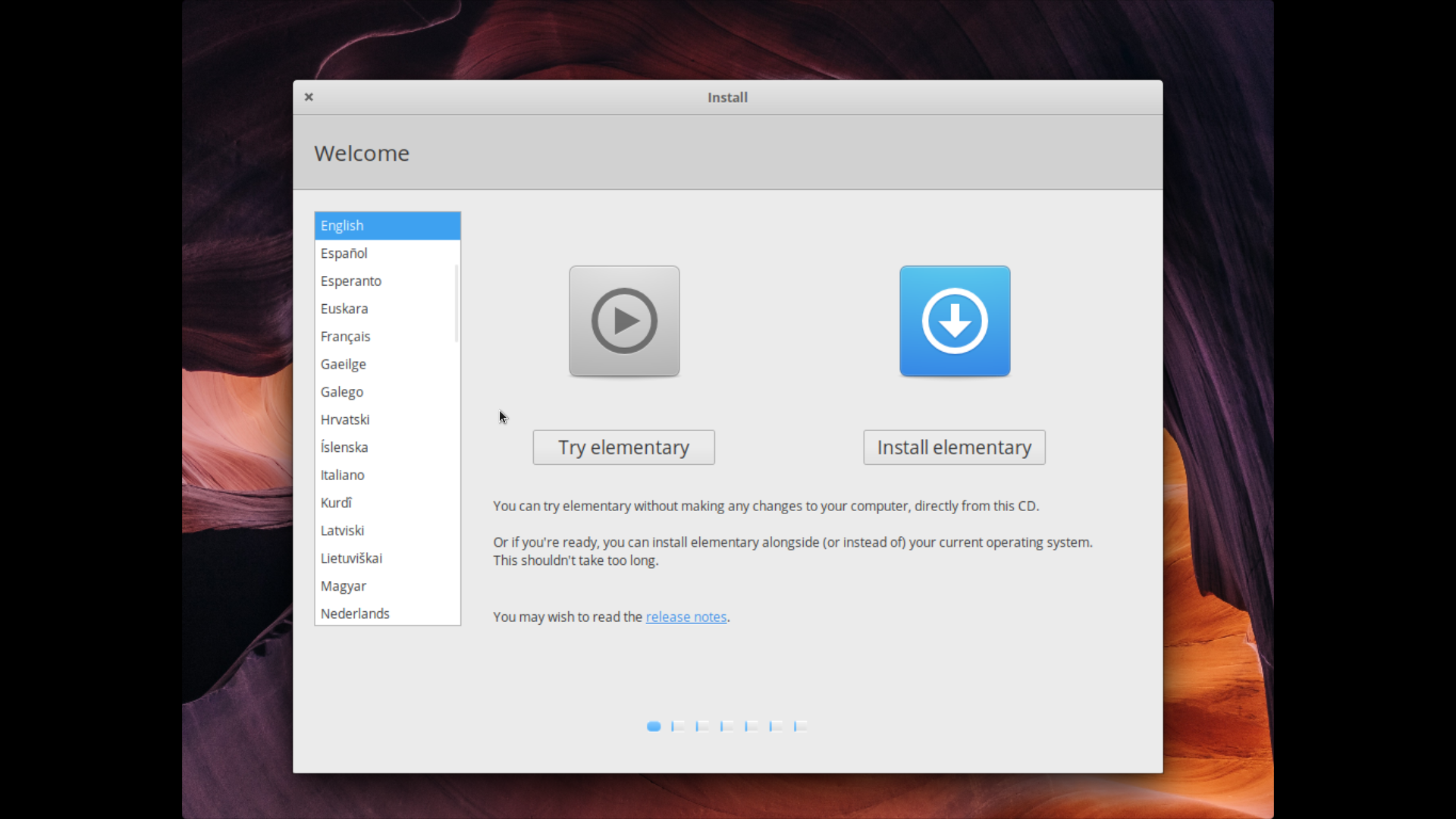 Good old Ubiquity. Not fancy, but does the job well.
Good old Ubiquity. Not fancy, but does the job well.
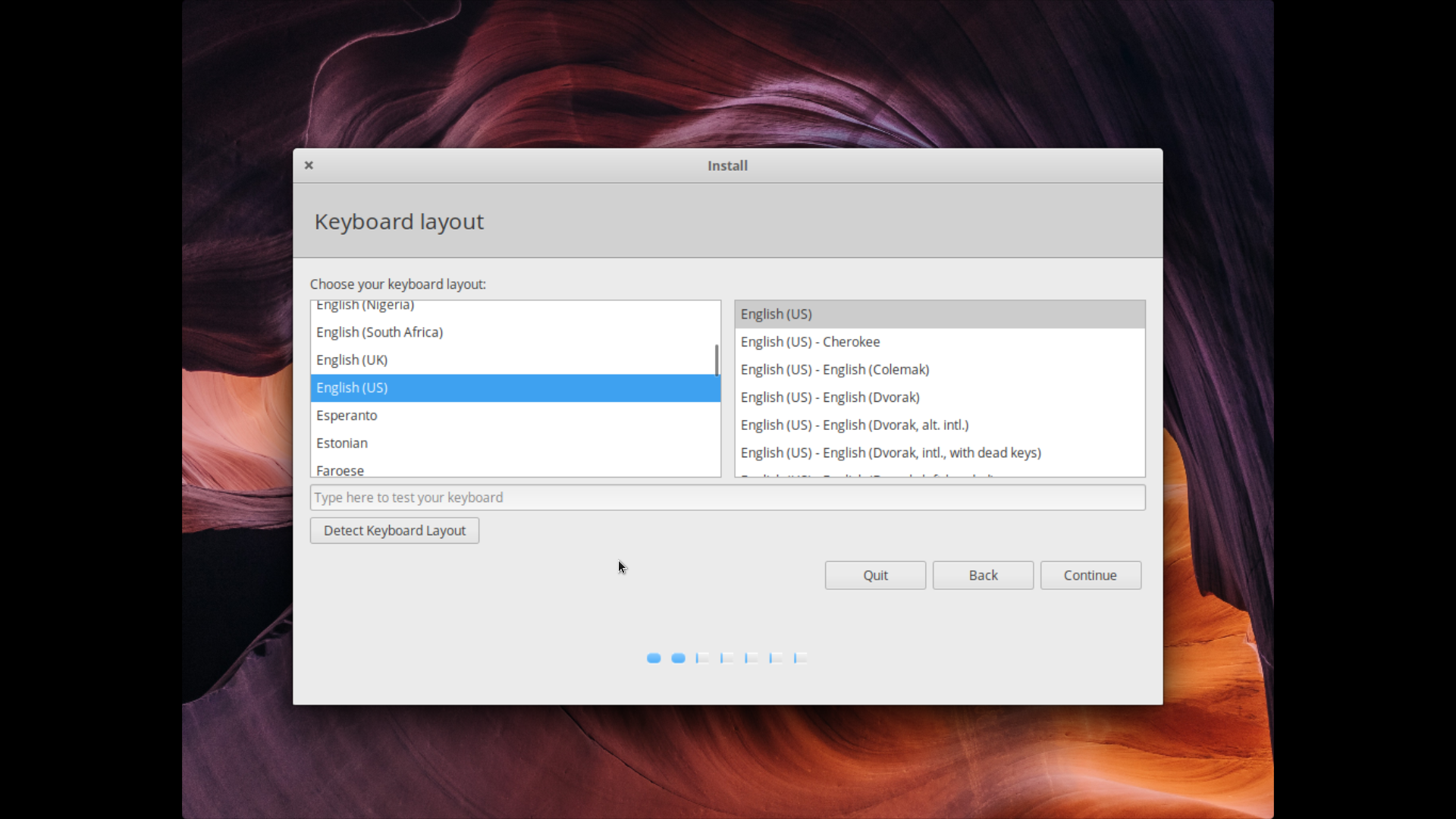
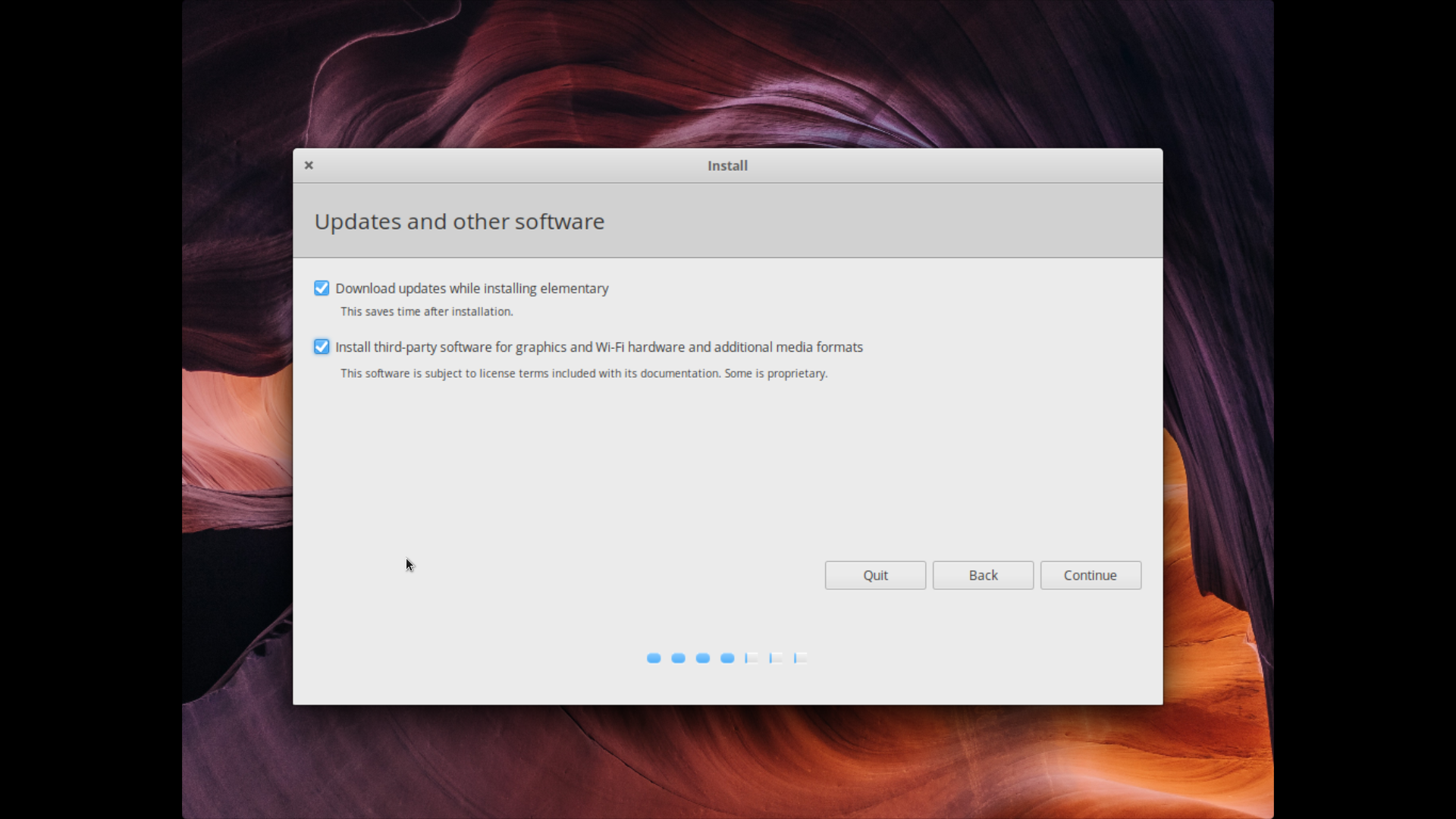
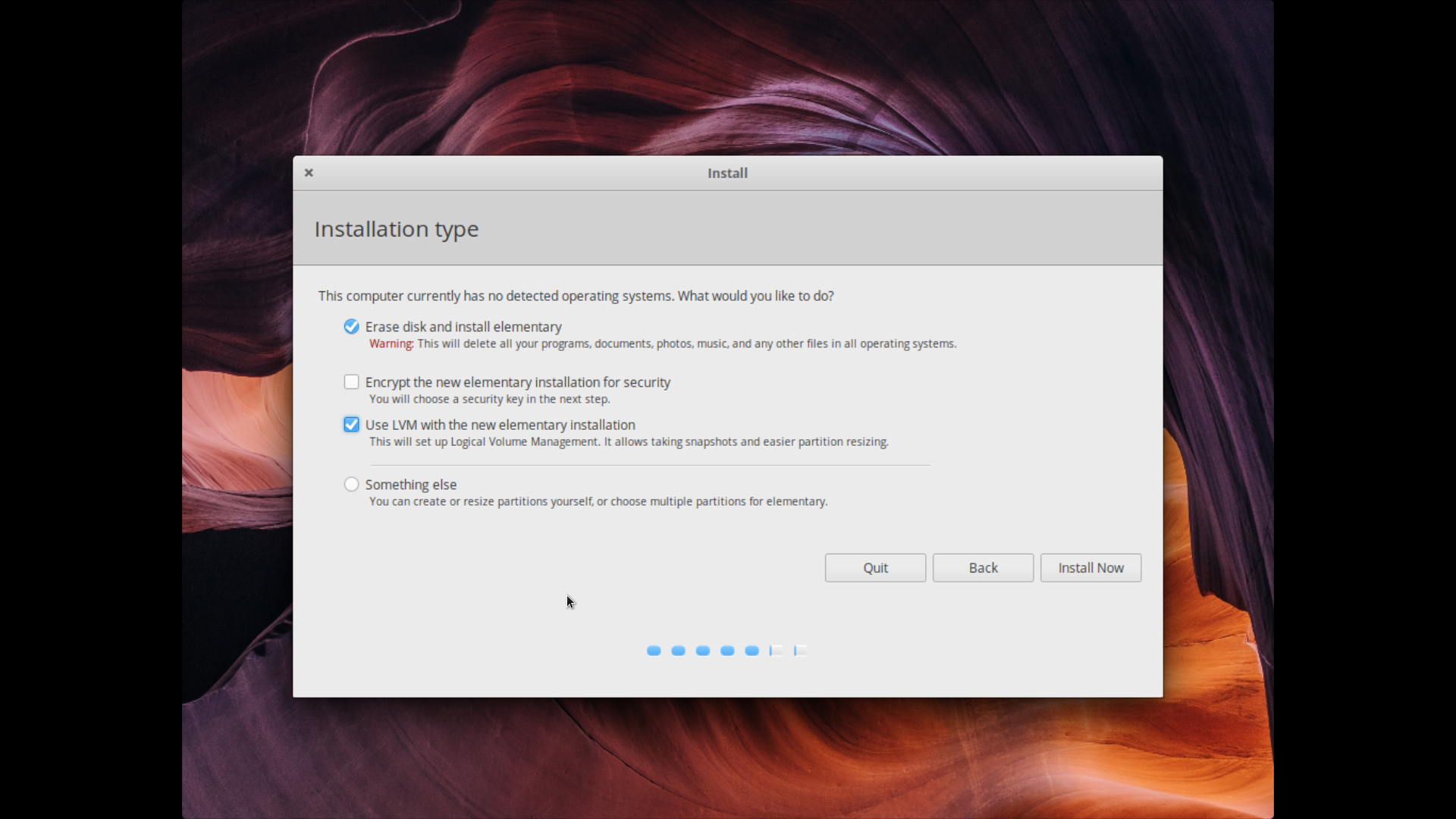
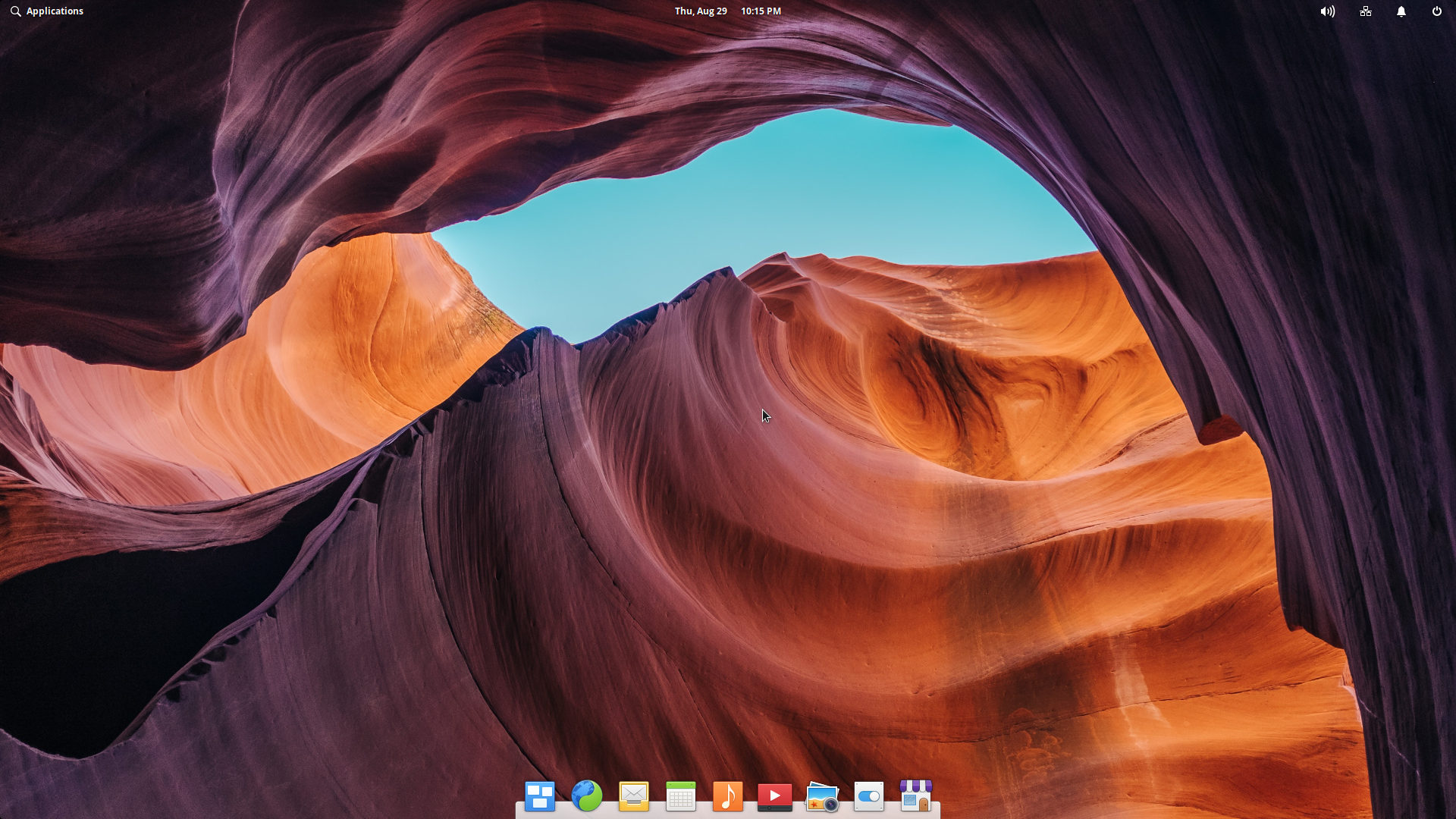 ElementaryOS starts up to a desktop showing off the wallpaper, the top panel, and the dock. The wallpaper is similar to macOS's “Antelope Canyon.”
Of course, the desktop doesn't make the distro, the apps do.
ElementaryOS starts up to a desktop showing off the wallpaper, the top panel, and the dock. The wallpaper is similar to macOS's “Antelope Canyon.”
Of course, the desktop doesn't make the distro, the apps do.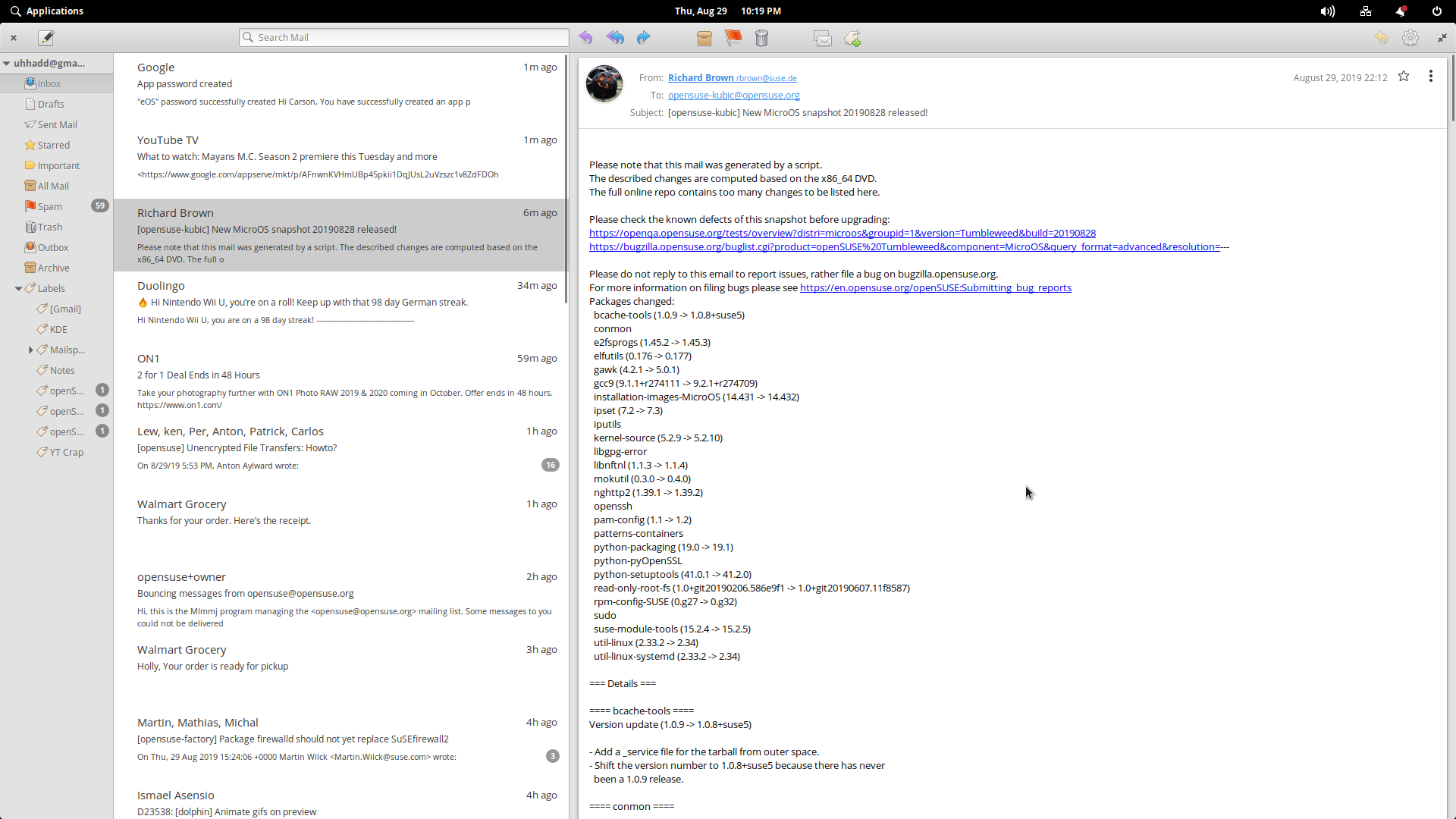 It's okay, I guess? User interface isn't particularly well organized and the top bar feels messy.
It's okay, I guess? User interface isn't particularly well organized and the top bar feels messy.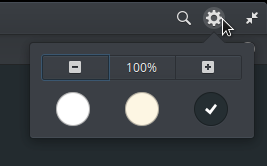 This is all the customization you get. 0/10 needs something other than Solarized variants.
This is all the customization you get. 0/10 needs something other than Solarized variants.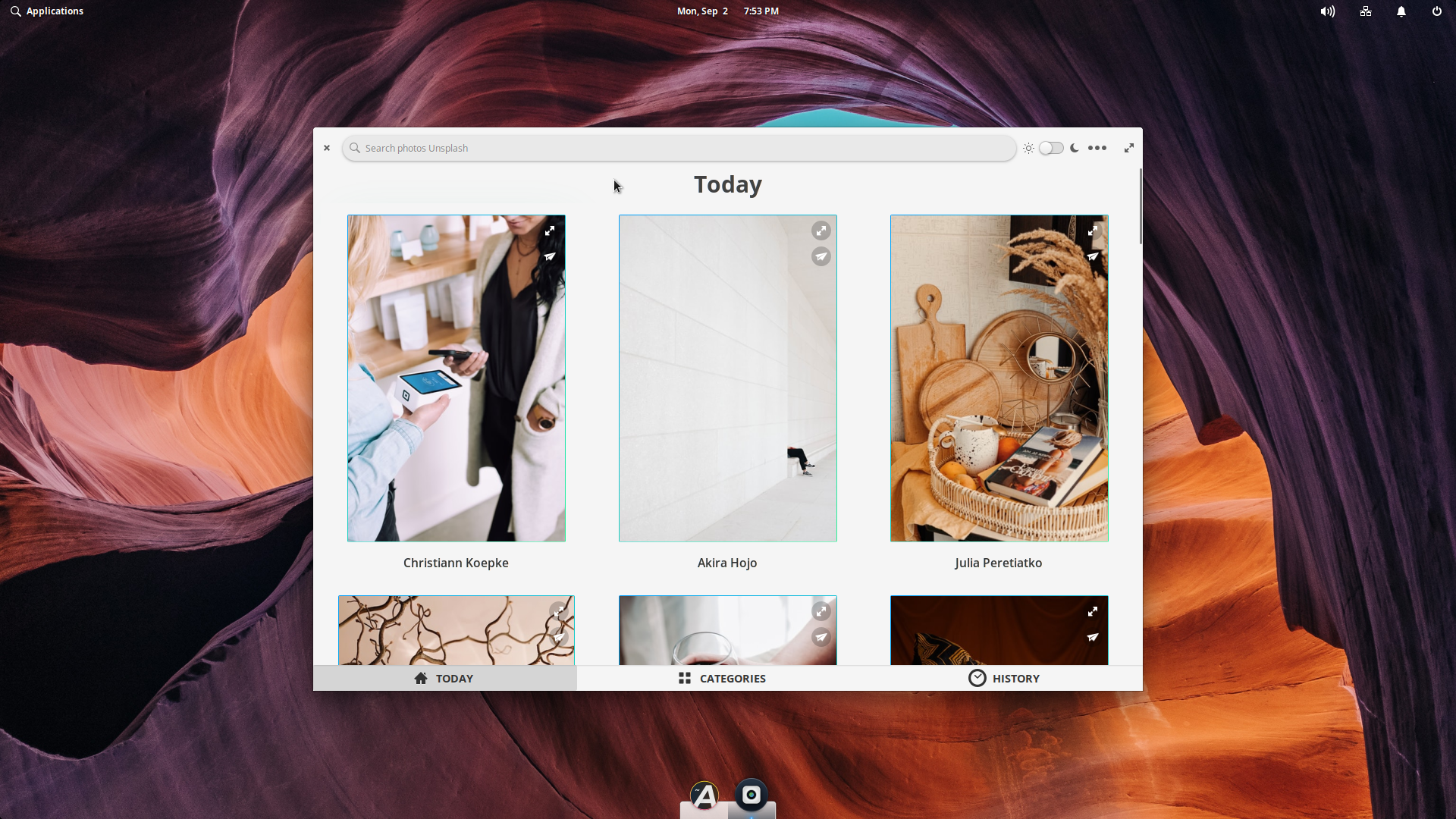 I forgot what this application was called, but it's kinda neat I guess? Lets you browse Unsplash, albeit the interface stands out from the other AppCenter curated apps.
I forgot what this application was called, but it's kinda neat I guess? Lets you browse Unsplash, albeit the interface stands out from the other AppCenter curated apps.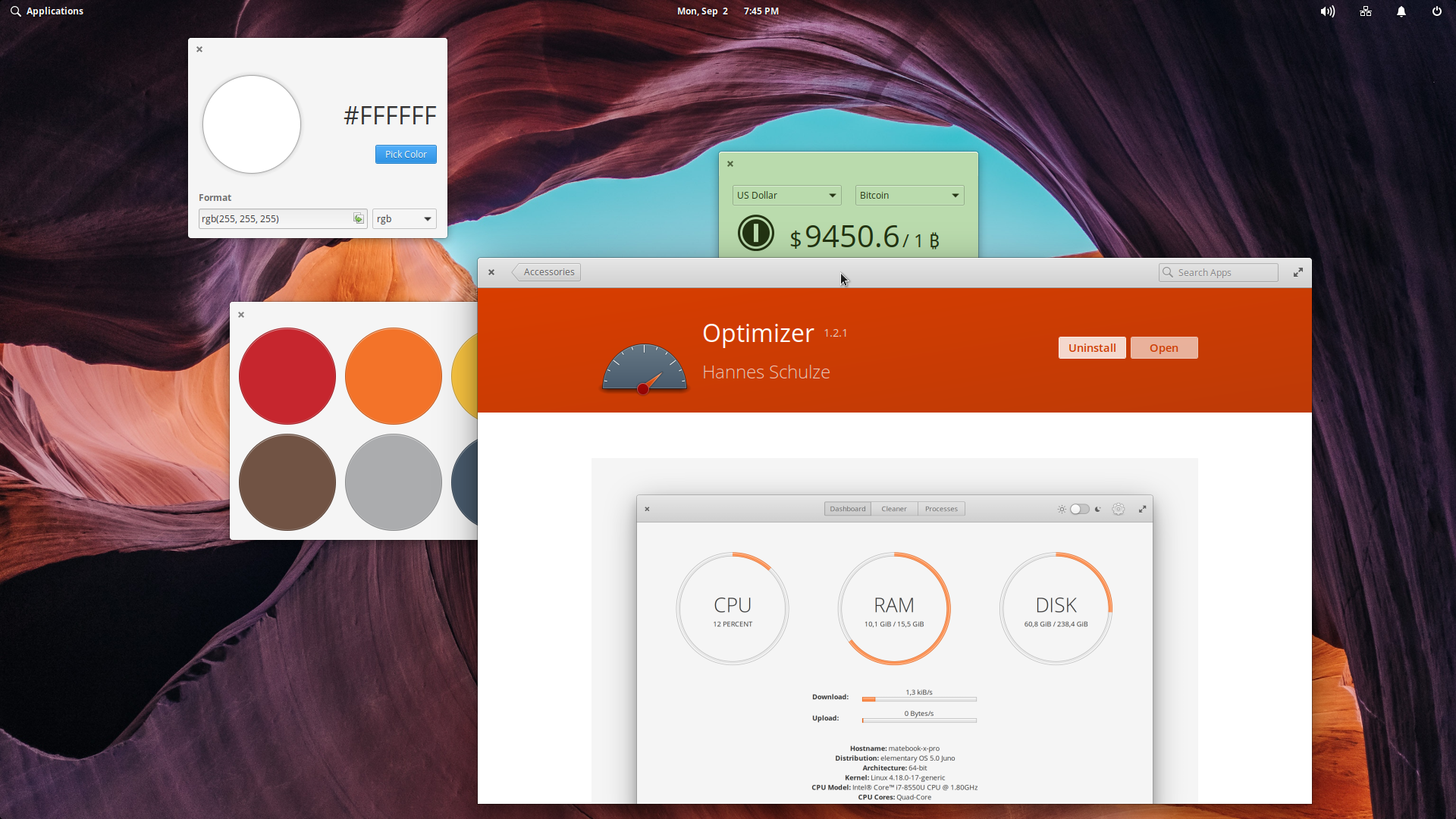 AppCenter is pretty neat. It looks pretty decent, the curation is nice, and it's respectable.
The applets are kinda neat. Only issue with them is that there doesn't seem to be an easy way to get to your open applets besides mashing the minimize keycombo.
AppCenter is pretty neat. It looks pretty decent, the curation is nice, and it's respectable.
The applets are kinda neat. Only issue with them is that there doesn't seem to be an easy way to get to your open applets besides mashing the minimize keycombo.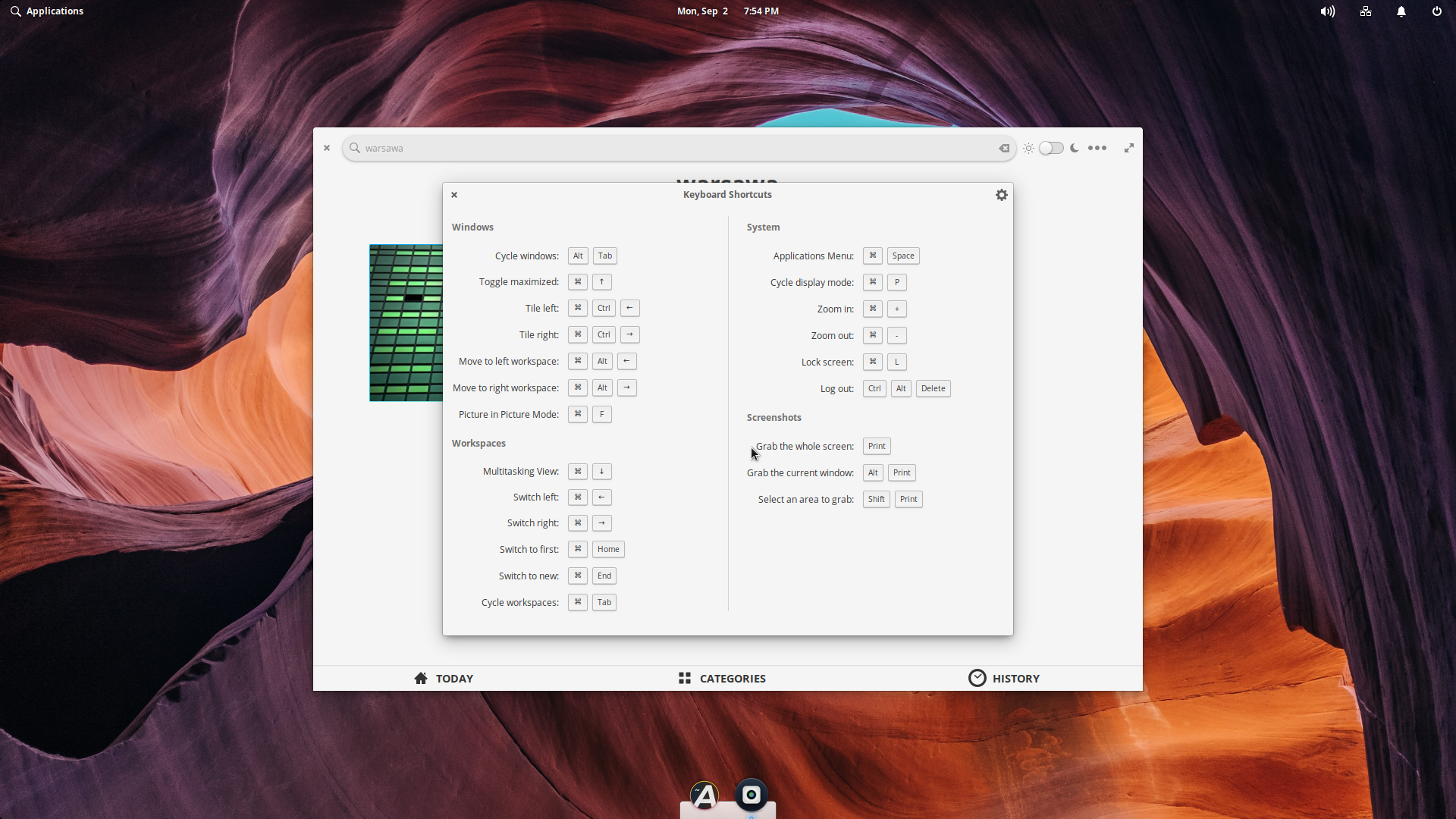 This key listing looks pretty nice. It's odd seeing this pop up when you hit Super (Win key) instead of an app launcher, but it's convenient.
This key listing looks pretty nice. It's odd seeing this pop up when you hit Super (Win key) instead of an app launcher, but it's convenient.